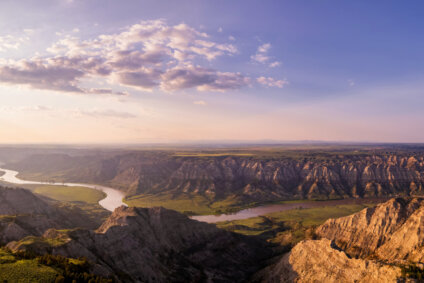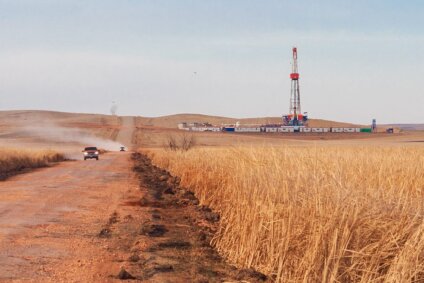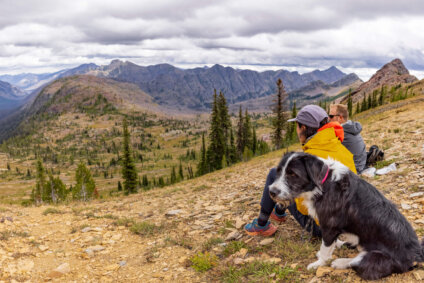Preserving What We Hold Dear in the Custer Gallatin
The time is ripe to protect wildlands across a huge swath of southern Montana
For the last few years my dog and I have headed up Mount Blackmore in early June to welcome the summer season. The amount of snow below the saddle between Mount Blackmore and Elephant Mountain deters people from making the trek, so I usually have the trail mostly to myself. On the summit of Mount Blackmore, I stand in awe of my surroundings. The landscape in my backyard never ceases to amaze me. This early summer excursion is a ritual now, one I look forward to as soon as I finish the hike. It fuels my desire to speak up for wild places and to work towards preserving them for the next generation.
I’m sure you have your own rituals in wild places, and I would imagine some of them might even take place in the Custer Gallatin National Forest (CGNF).
Spanning across a huge section of the state, from the crest of the Madison range eastward into South Dakota, the 3.1 million-acre CGNF is as diverse as it is large and encompasses some of Montana’s wildest and most unique places, including lands within the Greater Yellowstone Ecosystem and culturally significant places such as the Crazy and Pryor Mountains.
You now have a once-in-a-lifetime opportunity to speak up and help ensure the CGNF remains special. The Forest Service is currently revising its CGNF forest plan, guiding how the agency will manage this forest for decades to come.
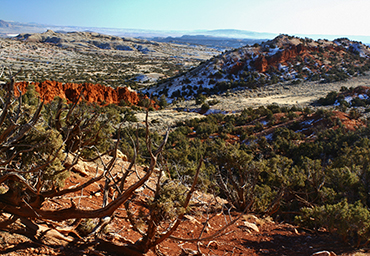
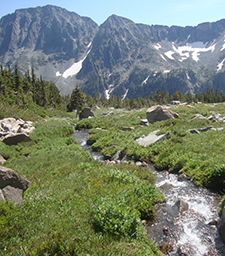
Left: Looking out across the Pryor Mountains (photo by John Boehmke). Right: A cascade in the Twin Lakes cirque of the Crazy Mountains (photo by Eric Drissell)
The previous plans for the Custer and Gallatin Forests were completed in 1986 and 1987, respectively. Much has changed in the last 30 years. It is our responsibility to encourage the Forest Service to create a plan that preserves what is special about this forest. We are advocating for protecting the values of these places through recommended wilderness and other protective management tools.
In the new forest plan, MWA wants to see a forward-thinking approach to land management that preserves our last remaining wildlands. Some of our priority areas are:
- The Gallatin Range, with an emphasis on solitude and primitive recreation in the Hyalite-Porcupine-Buffalo Horn Wilderness Study Area and adjoining roadless lands
- The Madison Range, with an emphasis on the Lionhead Recommended Wilderness and other roadless lands
- Absaroka-Beartooth Mountains’ unprotected inventoried roadless lands
- The Crazy Mountains, with an emphasis on protecting their cultural significance and rugged character
- The Pryor Mountains, also with an emphasis on protecting the landscape’s cultural significance
- Hiking and Riding Areas (Tongue River Breaks and Cook and King Mountains), with an emphasis on protecting the cultural significance of these places to Montana’s Native Americans
Wild places on this forest need your support, and we hope you’ll lend it. For more information, feel free to contact me at scathey@wildmontana.org.
– Sally Cathey, MWA southwest Montana field director
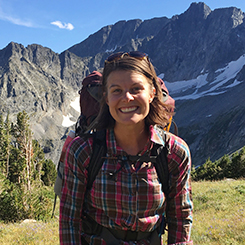
Stay Connected
"(Required)" indicates required fields
